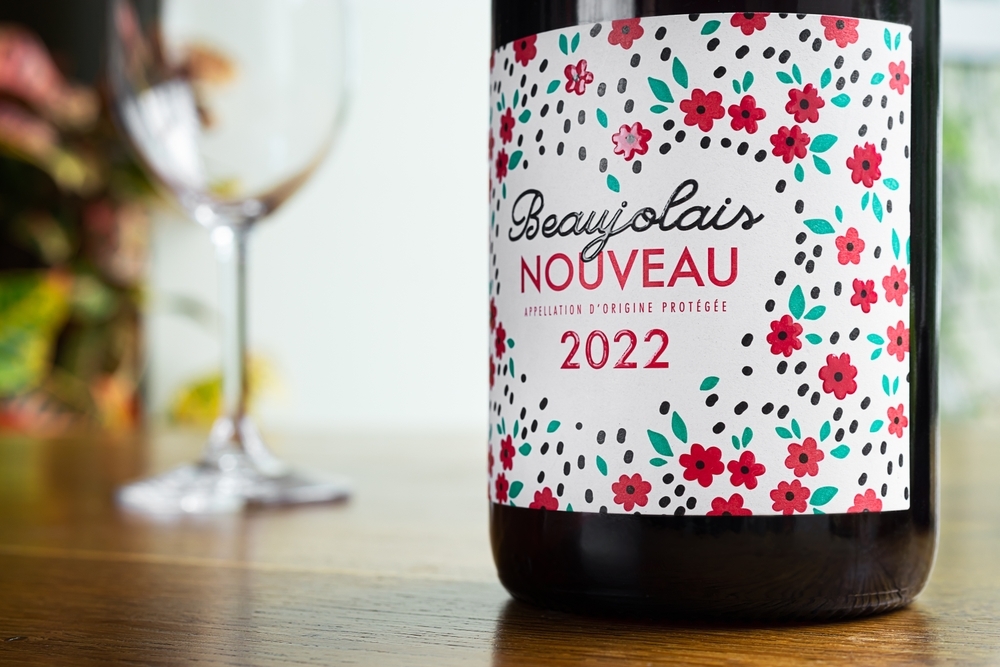Taste the Magic: A Wine And Food Pairing Ultimate Guide

Wine and food pairing is the art of selecting the right wine to enhance the flavors of a dish. It is a powerful tool that can take any meal from ordinary to extraordinary. With the right combination, the flavors of the food and wine will create a synergy that will linger on your palate long after the meal is finished. At its most basic level, wine and food pairing is about finding the right balance between the flavors in the food and the flavors in the wine. This balance can be achieved in a number of ways, from contrasting the flavors in the food and wine to complementing them. The possibilities are endless and there is no one-size-fits-all approach.
The Basics of Wine and Food Pairing
When it comes to wine and food pairing, there are a few basic principles to keep in mind. The first is to consider the weight of the food and wine. A light-bodied white wine is best suited for light dishes, such as salads and fish, while a full-bodied red is better for heavier dishes, such as steak and potatoes. The second rule of thumb is to consider the flavor profile of the dish and the wine. Acidic wines, such as Sauvignon Blanc, pair well with acidic foods, such as tomatoes and citrus fruits. Sweet wines, such as Riesling, pair well with sweet dishes, such as desserts.
The Science Behind Wine and Food Pairing

When it comes to the science behind wine and food pairing, there are a few factors to consider. The first is the acidity of the wine. Acidity is a key factor in how a wine will interact with food. Wines with higher acidity, such as Sauvignon Blanc, pair well with acidic foods, such as tomatoes. The second factor is the tannins in the wine. Tannins are the compounds in wine that give it structure and complexity. Wines with higher tannins, such as Cabernet Sauvignon, pair well with fatty foods, such as steak. The third factor is the alcohol content of the wine. This is important because it affects the intensity of the flavors in the wine. Wines with higher alcohol content, such as Chardonnay, pair well with robust dishes, such as braised lamb shank.
Picking the Perfect Wine and Food Pairing
When it comes to selecting the perfect wine and food pairing, there are a few tips to keep in mind. The first is to consider the region the wine is from. Different regions produce wines with different flavor profiles. For example, French wines tend to have a more delicate flavor, while Italian wines tend to be bolder. The second tip is to experiment with different combinations. Don't be afraid to try something new and see what works best. And finally, don't forget to enjoy the experience. Wine and food pairing is about more than just the flavors, it's about creating an experience.
Common Wine and Food Pairing Mistakes
When it comes to wine and food pairing, there are a few common mistakes to avoid. The first is to assume that all white wines pair with all white dishes, and all red wines pair with all red dishes. While this is generally true, there are exceptions. It's important to consider the flavor profile of each wine and dish to ensure they will pair well. The second mistake is to pair a wine with a dish that is too intense. For example, a full-bodied Cabernet Sauvignon may overpower a delicate fish dish. The third mistake is to be too rigid in your pairings. Don't be afraid to experiment and try something new.
The Benefits of Wine and Food Pairing
When it comes to the benefits of wine and food pairing, there are a few key points to consider. The first is that it can enhance the flavor of your meal. The right pairing can bring out the subtle nuances in both the food and wine, creating a synergy that can truly elevate a meal. The second benefit is that it allows you to explore different wines. Wine and food pairings can open up a whole new world of flavors and aromas that you may have never experienced before. And finally, it can be a great way to impress your guests. A perfect pairing can turn a simple meal into an experience that your guests will never forget.
Wine And Food Pairing Guide
When it comes to mastering the art of wine and food pairing, it helps to have a guide to help you along the way. A good guide will provide tips on how to select the right wines for different dishes, as well as advice on how to experiment with different combinations. The guide should also include information on the different flavor profiles of wines, as well as the science behind the pairing. With the right guide, you can quickly become an expert on wine and food pairing.
The Best Wine and Food Pairings

When it comes to the best wine and food pairings, there are a few classic combinations that can't be beaten. A crisp Sauvignon Blanc pairs perfectly with a fresh green salad. A dry, oaky Chardonnay pairs nicely with rich fish dishes, such as salmon or swordfish. A bold Cabernet Sauvignon pairs beautifully with steak. And a sweet Riesling pairs perfectly with desserts, such as apple pie and peach cobbler. With these classic combinations, you can't go wrong.
Conclusion
When it comes to mastering the art of wine and food pairing, the key is to experiment and have fun. Don't be afraid to try something new. And don't forget to enjoy the experience. The right pairing can turn a simple meal into an experience that you and your guests will never forget.
This content was created by AI
No keywords available



